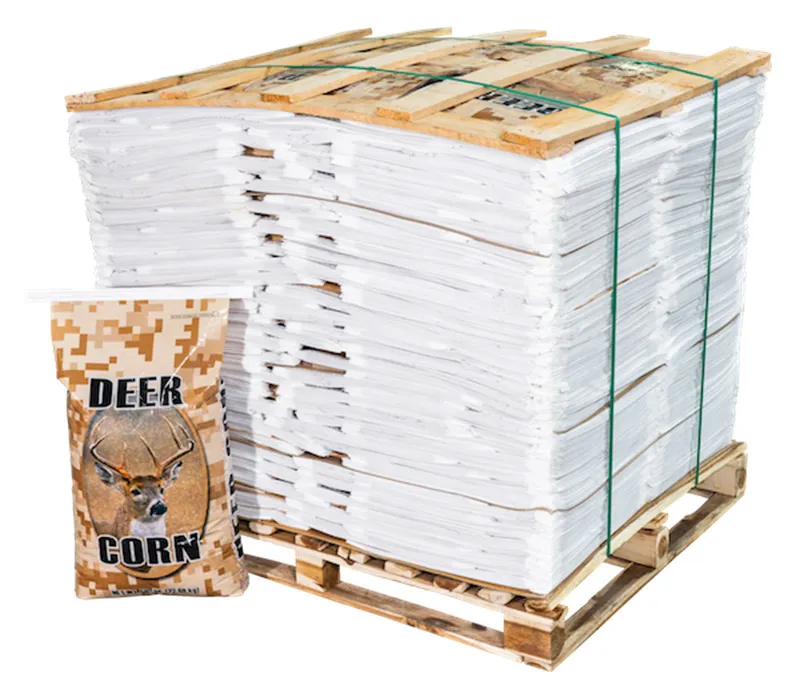
Custom Printed Woven Bags are at the forefront of packaging innovation, offering a unique blend of functionality and branding opportunities. These bags are not only used for their strength and durability but also for their ability to be customized with various printing options. This article provides a detailed exploration of the common printing methods used for Custom Printed Woven Bags and delves into the intricate production process, from raw material preparation to the final product. We will also highlight the advanced automation provided by Starlinger equipment, which ensures high production efficiency and quality.
Understanding Custom Printed Woven Bags
Custom Printed Woven Bags are a type of flexible packaging solution that allows for the customization of designs and logos directly onto the bag’s surface. This customization is achieved through various printing methods, each with its own advantages and applications.
Common Printing Methods for Custom Printed Woven Bags
Flexography
Flexography is a widely used printing method for flexible materials like woven polypropylene. It involves using flexible relief plates to transfer ink onto the surface of the bag.
Gravure Printing
Gravure printing, also known as rotogravure, is a high-quality printing process that uses a copper cylinder with engraved cells to hold the ink. This method is ideal for long print runs and achieving fine details.
Screen Printing
Screen printing is a versatile technique that uses a mesh to support an ink-blocking stencil. It is excellent for printing on various substrates and is particularly useful for multi-color prints.
Digital Printing
Digital printing offers the advantage of quick setup and the ability to print variable data directly onto the bags. It is ideal for short runs and personalized designs.
Production Process of Custom Printed Woven Bags
The production process of Custom Printed Woven Bags is a complex sequence of operations that require precision and efficiency. Here’s an overview of the process:
Extrusion and Film Formation
The process begins with the extrusion of polypropylene (PP) or other polymers to form a continuous film. This film will later be woven into fabric.
Weaving
The extruded film is then woven into a fabric using advanced looms. The weaving process can vary, with plain, twill, and satin weaves being the most common techniques.
Cutting and Sewing
Once the fabric is woven, it is cut into specific dimensions and sewn to form the bag. This step may also include the addition of handles, gussets, and other features.
Printing
The custom printing process is applied at this stage. The chosen method (flexography, gravure, screen printing, or digital) is used to transfer the desired design onto the bag.
Coating
Some bags may require a coating or lamination for additional protection against moisture or to enhance print durability.
Quality Control and Packaging
Finally, each bag undergoes a rigorous quality control process to ensure it meets the required standards. The bags are then packaged and prepared for shipment.
Starlinger Equipment and Automation
Starlinger is a leading provider of advanced equipment for the production of woven bags. Their machines are known for their high automation, which allows for:
- High Line Speed: Starlinger’s equipment can achieve line speeds of over 200 bags per minute, ensuring high production efficiency.
- Multi-Machine Linkage: The machines can be linked together to create a seamless production line, further enhancing efficiency.
- Quality Consistency: Automated processes reduce human error, ensuring consistent quality across all bags produced.
Product Parameters of Custom Printed Woven Bags
To ensure the quality and performance of Custom Printed Woven Bags, we adhere to strict product parameters:
| Parameter | Description | Importance |
|---|---|---|
| Material Type | Determines the type of polymer used for the bag’s construction. | Essential for meeting environmental standards and industry requirements. |
| Print Quality | Measures the clarity and durability of the printed design. | Critical for brand representation and product identification. |
| Bag Capacity | Measures the volume of material each bag can hold. | Critical for ensuring the bag meets the specific application needs. |
| Physical Strength | Includes tensile strength and puncture resistance. | Essential for ensuring the bag’s durability and load-bearing capacity. |
| Custom Features | Includes any additional features like handles, valves, or UV protection. | Enhances the functionality and usability of the bags. |
Conclusion
Custom Printed Woven Bags offer a unique solution for businesses looking to combine functionality with branding. The advanced printing methods and production processes, coupled with the high automation provided by Starlinger equipment, ensure that these bags meet the highest standards of quality and efficiency. As the packaging industry continues to evolve, Custom Printed Woven Bags remain a versatile and popular choice for a wide range of applications.
For more information on Custom Printed Woven Bags and their production excellence, visit our website: Custom Printed Woven Bags.